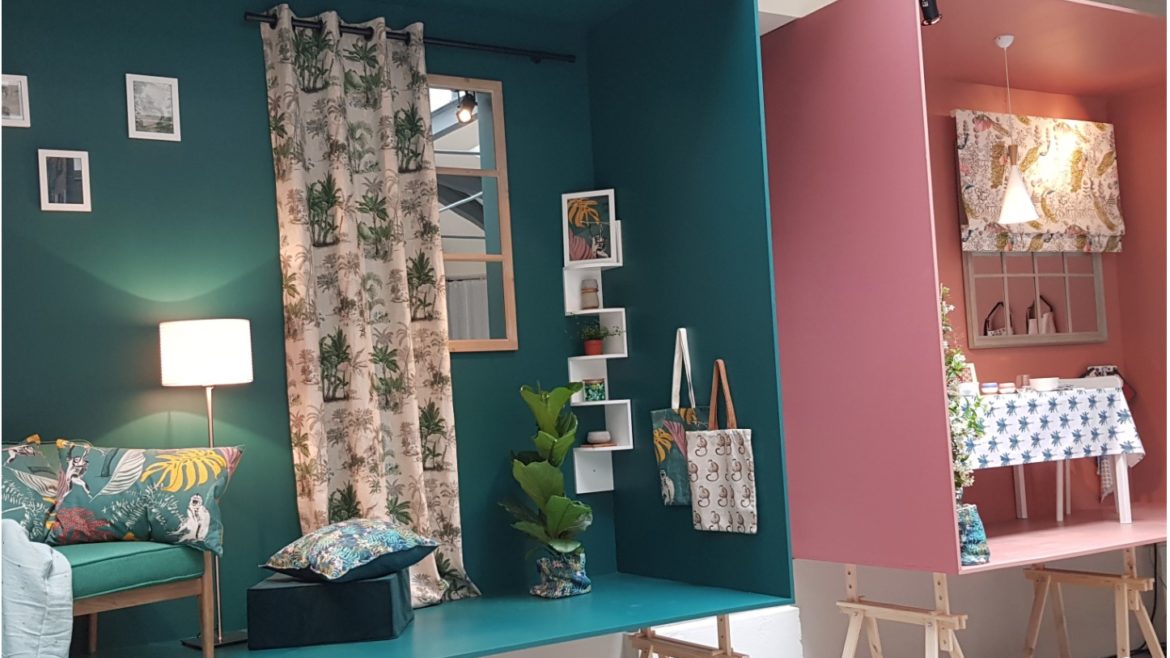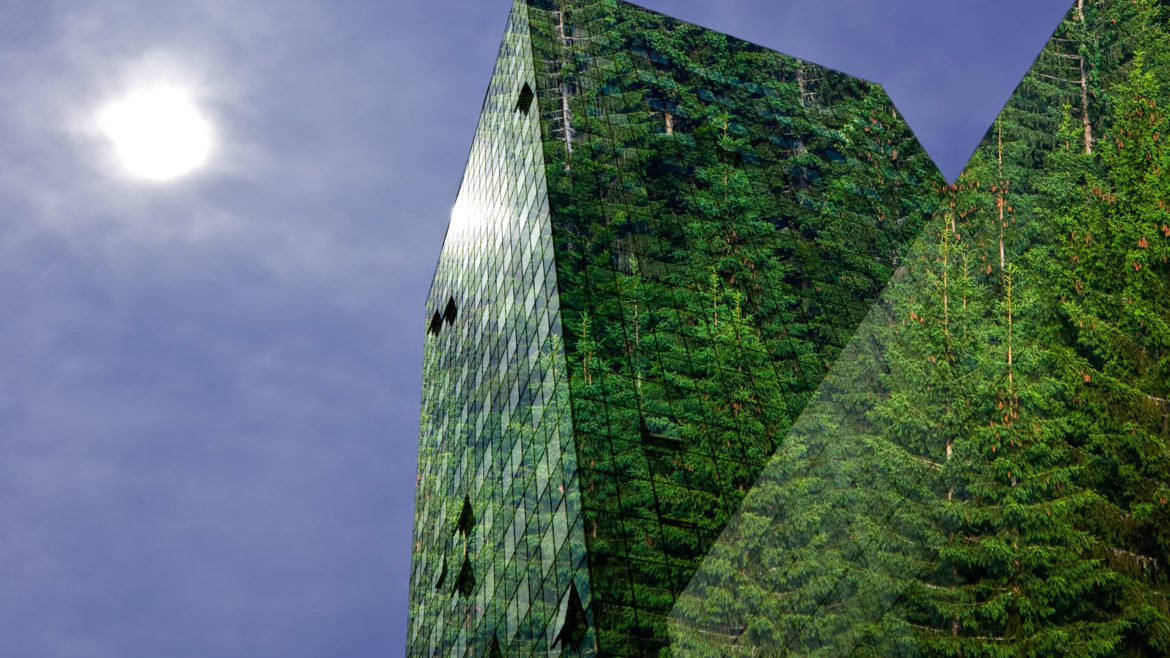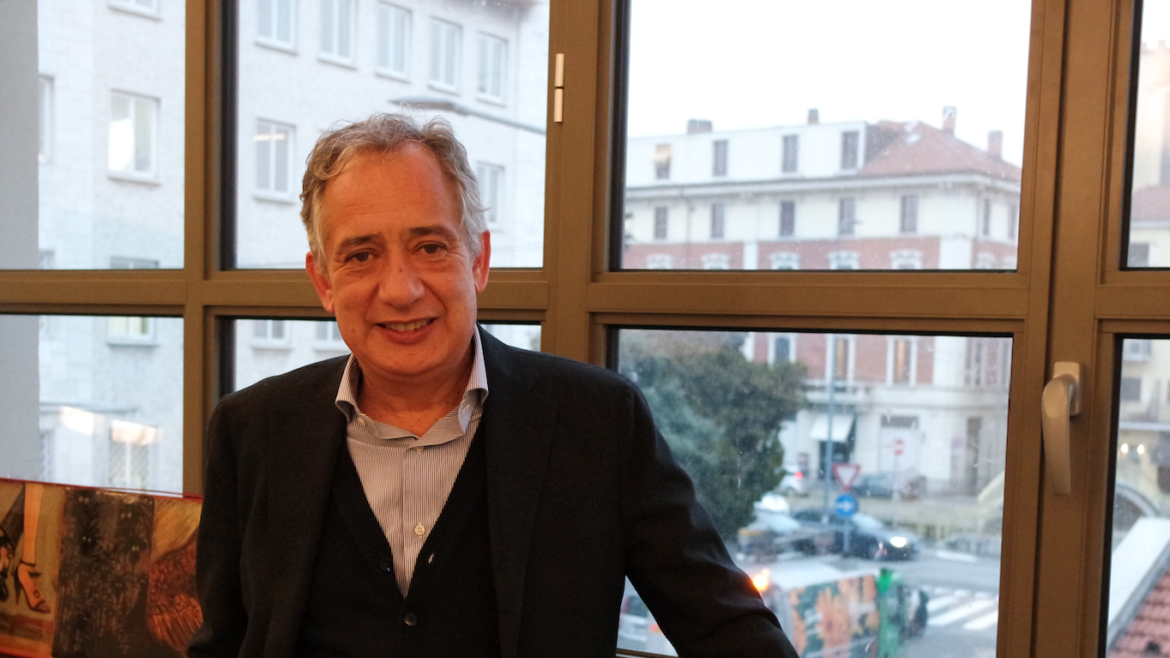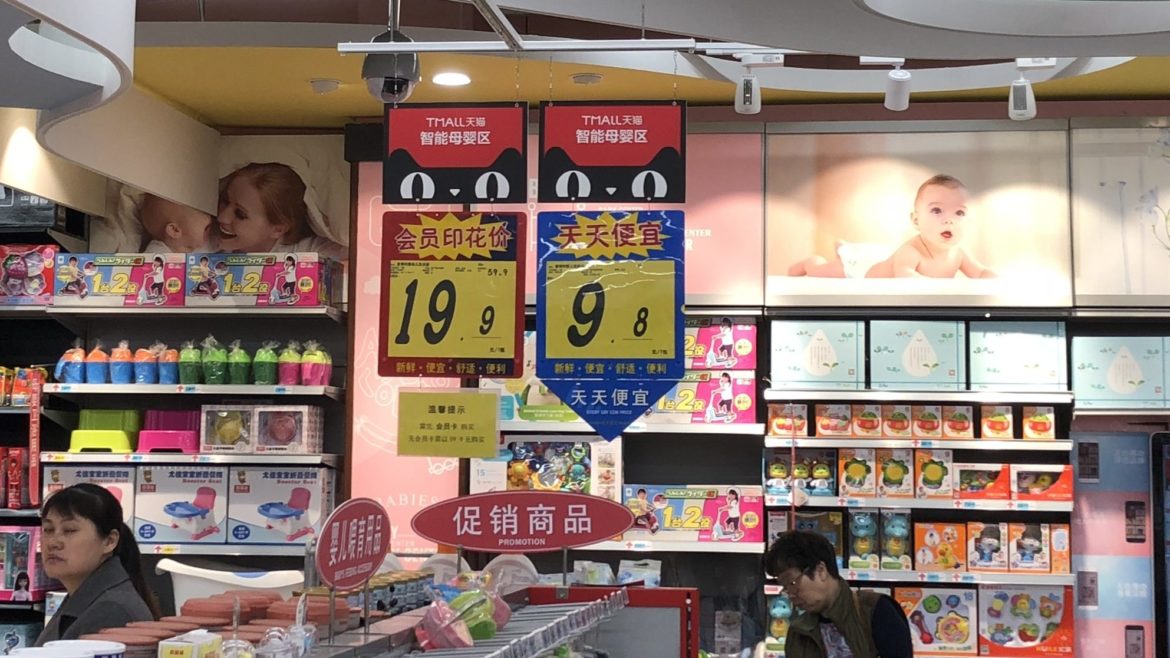Methods of visualising; measuring and reproducing colour; printing press settings; and file sharing… The issue of standardisation is affecting the entire graphic design process and has the aim of improving the reproduction of colours as well as how they appear. During his interview concerning the requirement to standardise the design implementation process, Hervé Lyaudet, colorimetry and workflow manager at Altavia Paris, emphasised the importance of establishing a common framework. Certain countries, however, have their own methods and their own ways of interpreting colours. This is the case in Japan, where our expert has been working for several months now. This is the story of a journey back in time.
What are the differences between Europe and Japan?
In Europe, we follow the international norms of the ISO. The data we use in colour management reproduces the characteristics, for example of Offset presses, reflecting printing aims stipulated in ISO 12647-2, which enables us to align our work according to worldwide recognised printing.
Japan, however, makes use of a local variant called “Japan Color.” The methods they use often correspond to those that we once used… during the 20th century!
Because of this, we come across problems in Japan were solved quite a long time ago in Europe.
Can you provide some examples of this?
For starters, very often the lighting systems used by printing plants are not up to ISO norms. The UV light is cut, which creates problems when it comes to visualising colours with papers containing bleaching agents. Also, the quality control is often only visual. On the client’s side, the visualising is done using office lighting, which is not really well suited to the task (poor quality of the colour spectrum and an inadequate colour temperature). Another example that comes to mind is that the software predominately used for layouts is a program that’s actually meant for creating vector illustrations and this, in turn, very much complicates the process of creating documents. In Europe, for layouts we use software meant to … create layouts!
How do you go about working in Japan?
Well, we’ve been organising quite a lot of events for educating and explaining things, reassuring people and also showing them what we do at Altavia Japan by making use of modern technology. We have also been doing a lot of tests… I started working in Japan last January. It took us 3 months to install the entire digital proofing system, train our in-house project managers and set up our studio.
I would like to take this opportunity to thank Ms. Yukiko Inoue, the General Manager of Altavia Japan, who has taken a great interest in European methods. Her dedication has truly helped us make progress and we’re already starting to see some promising results.
How were the European methods able to develop differently compared to those in Japan?
In Europe, we have organisations like ECI (The European Color Initiative), which provide tools at no cost, such as ICC profiles that are constantly being updated in order to reflect the needs of the European market. There is also FOGRA, a non-profit research institute for media technologies. It is based in Germany but 30% of its members can be found elsewhere in the world. These organisations are very active and reflect the entire graphic design chain, from procurement all the way to printing and prepress businesses, creating ISO norms that provide clear goals throughout the entire world. We are really quite lucky to have organisations that are so active.
In Japan, there is Japan Color, of course, but the ICC profiles provided no longer really correspond to the needs of the market and are often based on old ISO norms.
I would like to say a special thanks to Mr Andreas Kraushaar (FOGRA Prepress Technology), who is one of the main persons involved in the standardisation process and who is really doing a great job.















